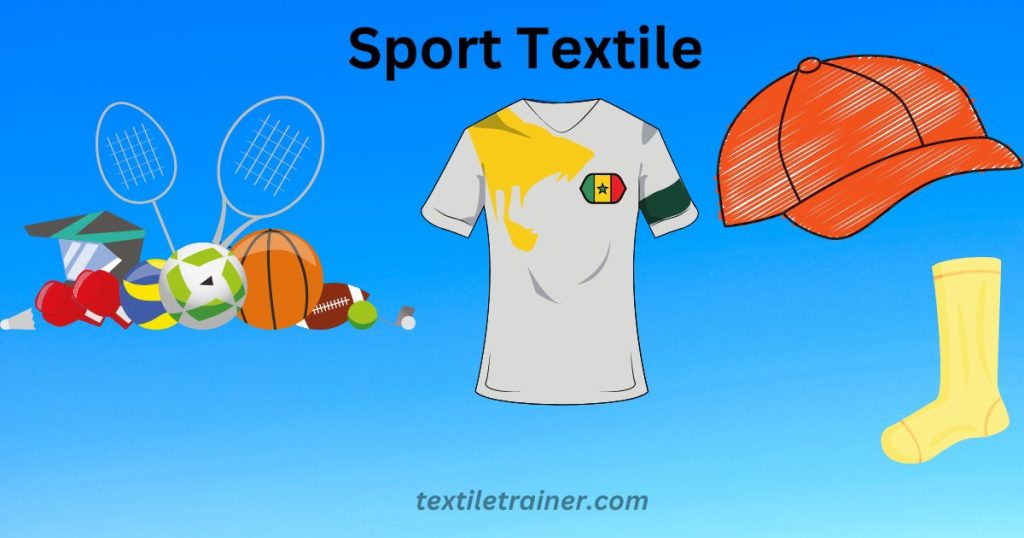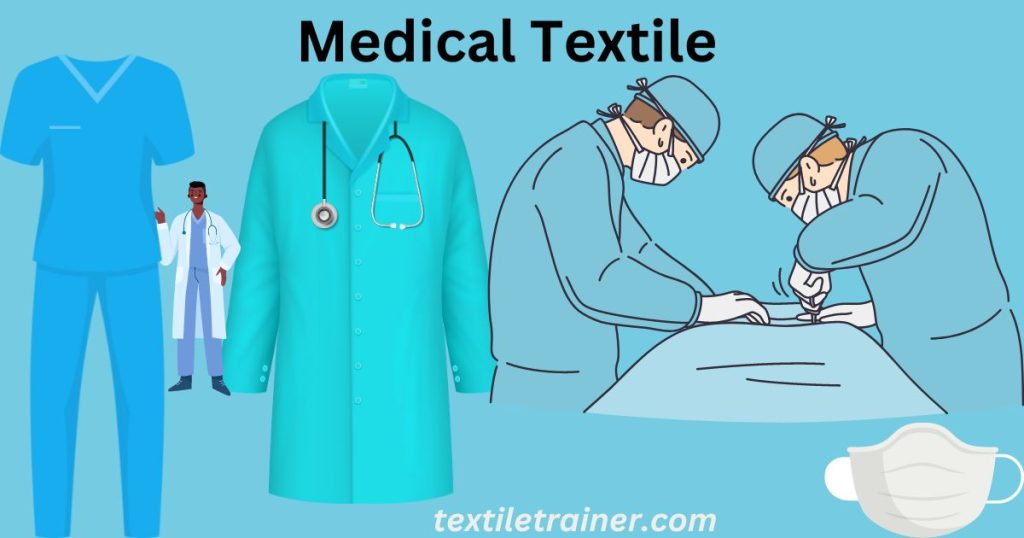Definition
Technical textiles are textile materials that are designed and engineered to meet specific functional requirements or performance criteria, rather than just aesthetic or decorative purposes.
These textiles are specially designed to provide certain characteristics such as high strength, durability, resistance to fire, heat, chemicals, water, or other extreme conditions, or to have specialized properties like thermal insulation, UV resistance, or electromagnetic shielding. Technical textiles are used in a wide range of applications, including automotive, construction, aerospace, medical, sports and outdoor gear, protective clothing, and many other industries where performance and functionality are critical. Examples of technical textiles include geotextiles, medical textiles, protective textiles, agrotextiles, and many others.
Classification
Technical textiles can be classified into several categories based on their functional characteristics, applications, and manufacturing processes. Here are some common ways to classify technical textiles:
Functional Classification:
Functional classification of technical textiles refers to categorizing them based on their functional properties and intended applications. Here are some common categories of technical textiles based on their functions:
- Protective Textiles: These textiles are designed to provide protection against various hazards such as fire, heat, chemicals, biological agents, and radiation. Examples include flame-resistant clothing, bullet-proof vests, hazmat suits, and surgical gowns.
- Agrotextiles: These textiles are used in agriculture and horticulture for crop protection, weed control, soil stabilization, and other purposes. Examples include shade nets, insect nets, crop covers, and geotextiles.
- Geotextiles: These textiles are used in civil engineering for soil stabilization, erosion control, drainage, and other purposes. Examples include geogrids, geonets, geotubes, and geocomposites.
- Medical Textiles: These textiles are used in healthcare for wound care, surgical clothing, hygiene products, and other medical applications. Examples include surgical gowns, bandages, wound dressings, and medical implants.
- Sportstextiles: These textiles are used in sports and outdoor gear for performance enhancement, comfort, and protection. Examples include athletic wear, footwear, backpacks, and tents.

- Filtration Textiles: These textiles are used for filtration and separation purposes, such as air and water filtration, oil and gas separation, and dust collection. Examples include filter bags, filter cloths, and filter membranes.
- Composites: These are materials made by combining two or more different types of materials to create a new material with enhanced properties. Examples include fiber-reinforced composites, laminates, and sandwich panels.
- Transportation Textiles: These textiles are used in automotive, aerospace, and marine industries for interior and exterior components. Examples include airbag fabrics, seat belts, upholstery, and sails.

Application-Based Classification:
Application-based classification of technical textiles refers to categorizing them based on the industries and applications they are used in. Here are some common categories of technical textiles based on their applications:
- Building Textiles: Technical textiles are used in the construction industry for a wide range of applications such as roofing, insulation, facades, flooring, and reinforcement. Examples include roofing membranes, soundproofing materials, geotextiles, facade textiles, and reinforcement fabrics.
- Industrial Textiles: Technical textiles are used in various industrial applications such as filtration, conveyor belts, packaging, and insulation. Examples include filter fabrics, conveyor belts, insulation materials, and protective covers for machinery.
- Environmental Textiles: Technical textiles are used for environmental protection and conservation purposes such as waste management, water purification, and air filtration. Examples include landfill liners, sewage treatment membranes, water filtration membranes, and air purification filters.
- Military Textiles: Technical textiles are used in the military for various applications such as protective clothing, camouflage, and equipment. Examples include ballistic fabrics, camouflage textiles, and tent fabrics.
Manufacturing-Based Classification:
Manufacturing-based classification of technical textiles refers to categorizing them based on the manufacturing process or technology used to produce them. Here are some common categories of technical textiles based on their manufacturing:
- Nonwoven Technical Textiles: Nonwoven technical textiles are made by bonding or interlocking fibers or filaments without weaving or knitting. Examples include filter fabrics, geotextiles, and medical fabrics.
- Woven Technical Textiles: Woven technical textiles are made by weaving yarns together on a loom. Examples include tire cord fabrics, ballistic fabrics, and reinforcement fabrics.
- Knitted Technical Textiles: Knitted technical textiles are made by interlooping yarns to form a fabric. Examples include stretch fabrics, sports textiles, and medical fabrics.
- Composite Technical Textiles: Composite technical textiles are made by combining different materials such as fibers, yarns, fabrics, and resins to create a single material with enhanced properties. Examples include carbon fiber composites, fiberglass composites, and aramid composites.
- Coated Technical Textiles: Coated technical textiles are made by applying a coating or film onto a fabric to improve its properties such as water resistance, flame retardancy, and durability. Examples include coated fabrics used in outdoor gear, medical fabrics, and automotive fabrics.
- 3D Technical Textiles: 3D technical textiles are made by using special knitting or weaving techniques to create fabrics with three-dimensional shapes and structures. Examples include spacer fabrics used in cushioning and padding applications, and 3D-printed fabrics used in medical applications.
- Smart Technical Textiles: Smart technical textiles are made by incorporating electronics, sensors, and other components into fabrics to create textiles with enhanced functionalities such as sensing, monitoring, and actuation. Examples include wearable electronics, smart clothing, and biomedical sensors.







This post is very creative and informative I liked it. keep sharing this kind of post
ok. thanks for support.
Fascinating overview of technical textiles! I found the breakdown of the various classification methods particularly useful. It’s amazing to learn about the wide range of applications, from medical textiles to protective clothing. A really useful resource for everyone interested in the textile industry. Technical textiles truly are the hidden heroes of our world!